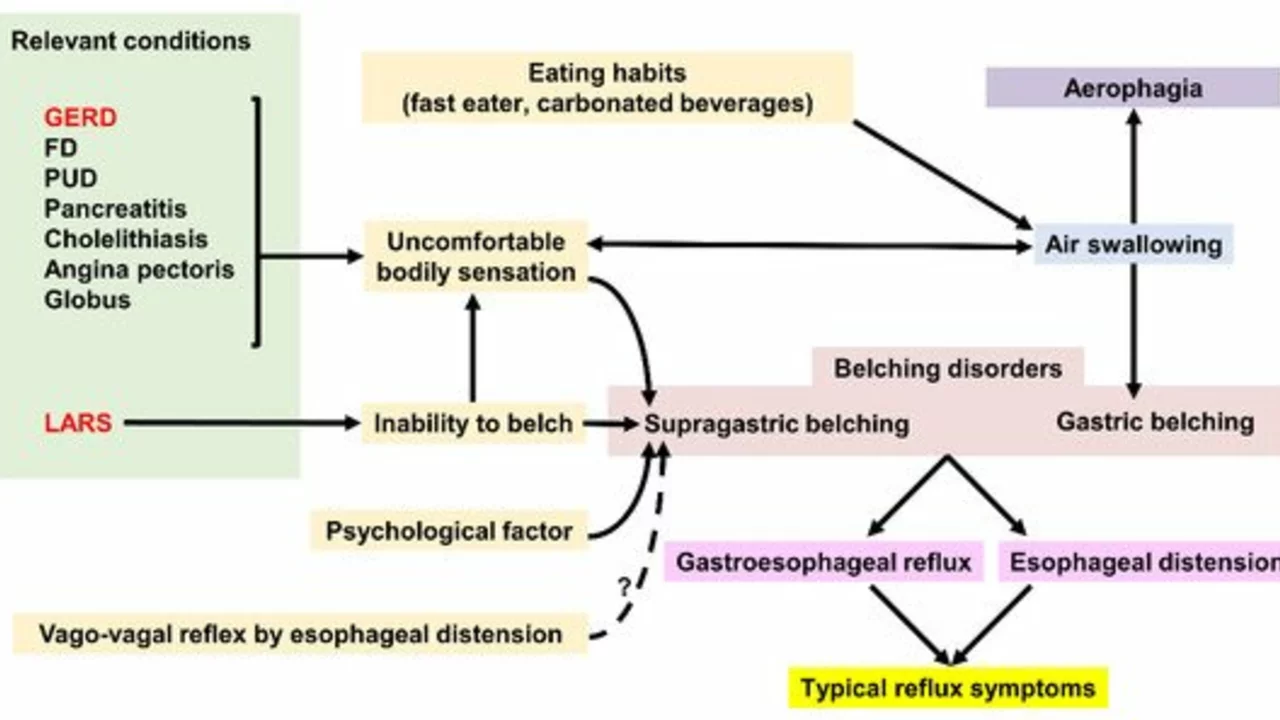Managing Angina Symptoms: Everyday Relief Strategies
If you’ve ever felt that tight, squeezing pressure in your chest, you know how scary it can be. The good news is many everyday actions can lower the frequency and intensity of angina episodes. Below are simple steps you can start using today.
Lifestyle changes that make a difference
First up, move a little more. You don’t need to become a marathon runner—just aim for 30 minutes of brisk walking most days. Gentle cardio improves blood flow and reduces the heart’s workload, which often cuts down chest pain.
Watch what you eat. Foods high in saturated fat and sodium can trigger spasms in coronary arteries. Swap fried snacks for nuts, fresh fruit, and whole‑grain breads. A dash of olive oil instead of butter also helps keep arteries clear.
Stress is a hidden angina driver. Try deep‑breathing exercises or short meditation breaks when you feel tension rising. Even five minutes of focused breathing can lower heart rate and ease the pressure on your chest.
Quit smoking if you haven’t already. Nicotine narrows blood vessels and spikes oxygen demand, both perfect recipes for angina flare‑ups. Reach out to a quit‑line or use nicotine patches; most people feel relief within weeks.
Medication & when to seek help
Your doctor may prescribe nitroglycerin tablets or spray for quick relief during an attack. Keep them handy—in your wallet, car, and at work—so you can act the moment symptoms start. Always follow dosage instructions; using too much can cause a sudden drop in blood pressure.
Beta‑blockers and calcium‑channel blockers are common long‑term options. They help your heart beat more calmly and keep arteries from tightening up. If side effects bother you, talk to your doctor about adjusting the dose or trying an alternative.
Know the red flags. If chest pain lasts longer than a few minutes, spreads to your arm or jaw, or is accompanied by shortness of breath, call emergency services right away. Prompt treatment can prevent serious damage.
Finally, keep regular appointments. Your doctor will track blood pressure, cholesterol, and any changes in symptoms. Simple tests like an ECG or stress test give a clear picture of how well your management plan is working.
Managing angina isn’t about one big change—it’s a mix of small daily habits, smart medication use, and staying alert to warning signs. Start with one tip today, add another tomorrow, and you’ll notice fewer painful episodes over time.
The Role of Lifestyle Changes in Managing Angina Symptoms
In my recent exploration of angina, I've learned just how critical lifestyle changes can be in managing its symptoms. Simple steps such as maintaining a healthy diet, regular exercise, and quitting smoking can significantly reduce the frequency and severity of angina episodes. It's also crucial to keep stress levels in check as it directly impacts heart health. Additionally, regular health check-ups and adherence to prescribed medication also play a key role. It's clear that a comprehensive approach combining lifestyle modification and medical treatment can help in effectively managing angina.
© 2025. All rights reserved.

